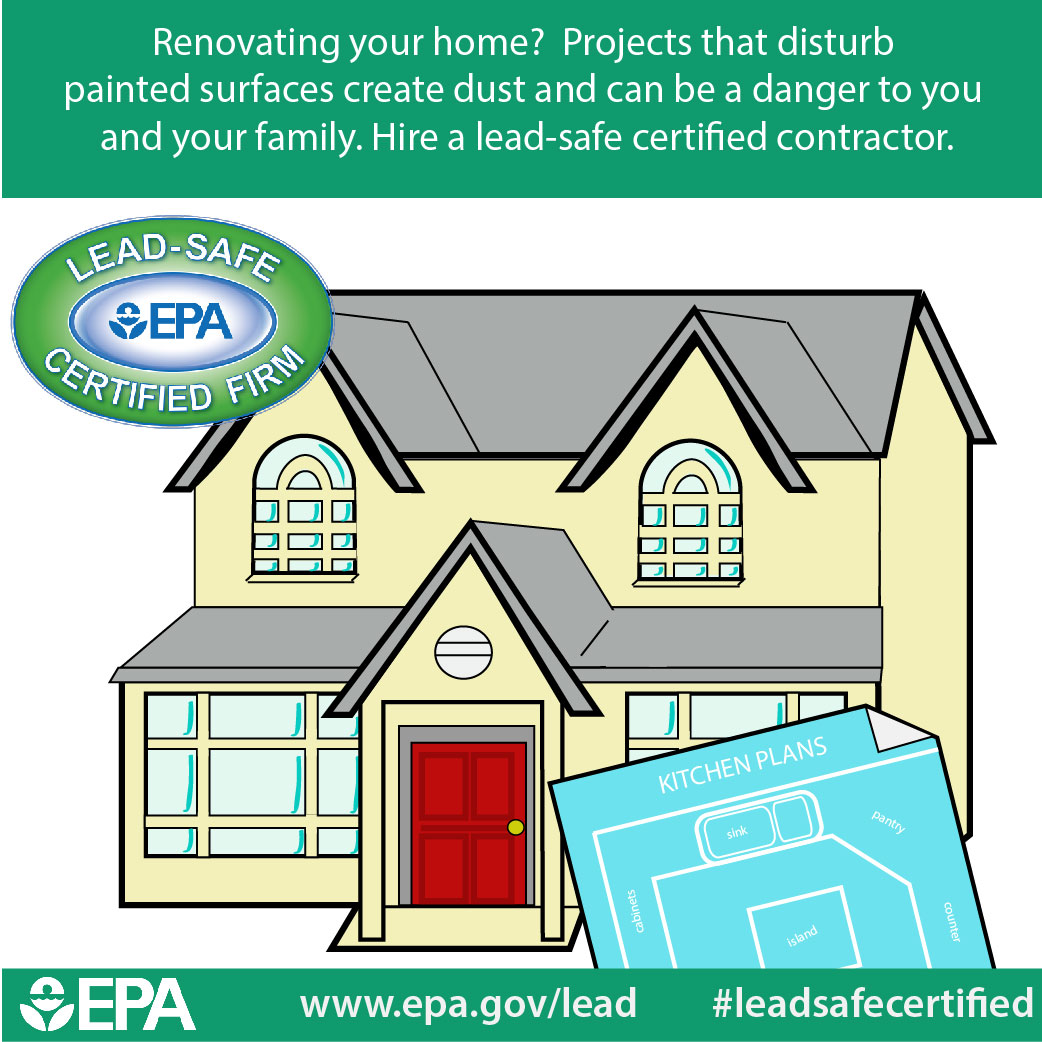Comprehensive Instructions For Ready-Making Your Wall Surfaces For Painting
Comprehensive Instructions For Ready-Making Your Wall Surfaces For Painting
Blog Article
Content Create By-Binderup Balslev
When you're prepping your wall surfaces for painting, it's important to comply with a systematic process to make sure a perfect finish. Beginning by examining the wall for any damages; this action can make or damage your task. As soon as you've recognized any type of problems, cleansing the surface area effectively is crucial, as an unclean wall surface can affect paint bond. Afterwards, you'll require to patch any flaws and use a guide. But there are specific strategies and pointers that can boost your preparation game-- allow's explore those further to attain the most effective outcomes.
Assessing Wall Problem
Prior to you grab your paintbrush, take a moment to examine your wall surfaces' problem. Look for any type of noticeable damages like splits, openings, or peeling paint. These imperfections can impact exactly how the paint sticks and looks when it's dry. If you discover any significant damage, you'll need to prioritize repairs before diving into painting.
Look closely at the texture of your walls. Is the surface smooth, or is there texture that might need unique consideration? Smooth wall surfaces usually require less preparation, while textured surfaces might need more time to paint uniformly.
Also, think about the previous paint task. If the old paint is shiny, it mightn't enable brand-new paint to stick effectively. impressions painting reviews 'll need to know if your walls have actually been painted with oil-based or water-based paint, as this can impact your option of guide or paint.
Ultimately, keep in mind of any kind of wetness problems. If you see indications of water damages or mold and mildew, address these issues immediately to stop further issues.
Cleansing the Surface
When you've analyzed the condition of your walls, the following step is cleaning up the surface area. Start by collecting your supplies: a pail, warm water, a moderate detergent, a sponge or cloth, and a scrub brush for harder areas.
Begin on top corner of the wall surface and work your means down. Mix the cleaning agent with cozy water in your container, then dip the sponge or fabric right into the service. Wring it out to stay clear of excessive dampness on the wall surfaces.
As you clean up, pay very close attention to locations that might've accumulated dust, oil, or finger prints. For persistent spots, use the scrub brush carefully to stay clear of harming the paint below. Rinse your sponge or fabric often in clean water to avoid spreading out dirt around.
After cleansing, it's essential to wipe the wall surfaces with a damp fabric to get rid of any type of soap residue. This action ensures a smooth surface for the brand-new paint to comply with.
Allow the wall surfaces to dry entirely before going on to the following prep work steps. This comprehensive cleaning process will certainly assist develop a fresh canvas for your paint project, making certain the very best outcomes.
Patching and Priming
Patching and priming are essential steps in preparing your walls for a fresh coat of paint. First, check your wall surfaces for any type of openings, fractures, or flaws. Make use of a top quality spackling substance or patching paste to fill up these locations.
Use the compound with a putty knife, smoothing it out so it's flush with the surrounding surface area. Allow interior commercial painter to dry totally, and then sand it lightly until it's smooth and even.
As soon as you've patched every little thing, it's time to prime. Primer assists seal the covered areas, ensuring the paint adheres properly and provides an uniform finish. Pick a primer suitable for your wall type and the paint you'll be utilizing.
Use the guide making use of a roller for bigger areas and a brush for edges and edges. If your patched areas are substantially huge or porous, you could intend to apply a 2nd layer of guide after the very first one dries out.
After priming, allowed every little thing dry completely prior to going on to paint. This preparation won't only enhance the appearance of your wall surfaces but also prolong the life of your paint work.
Take your time, and you'll be pleased with the results.
Final thought
By adhering to these easy actions, you can attain a smooth and specialist finish on your wall surfaces. Start by assessing their condition, then tidy and patch any imperfections before using primer. Remember to permit ample drying time and guarantee everything is smooth before you study paint. With the right prep work, you'll establish the stage for a beautiful makeover in your area. Currently, gather your materials, inhale the fresh air, and prepare yourself to paint!
